Extraction: this is what it all comes down to. It’s the final step before coffee becomes, well, coffee, making it one of the most crucial moments in the entire journey from seed to cup. It doesn’t matter how expertly g
rown, sorted, processed or roasted the coffee was before it’s brewed—getting the extraction just right is what makes all the difference between a cup that sings with complexity, character, sweetness and acidity, and one that makes you want to quit coffee altogether and get into a slightly less fussy beverage industry (maybe *gasp* tea?).
The pursuit of coffee extraction perfection is what has driven the last decade of specialty coffee equipment innovations. Just look at the latest and greatest espresso machines, for example. Today’s machines are more programmable than ever and come packed with features designed for the ultimate amount of brewing control, everything from pressure and temperature to brew ratio profiling (you know, for the ones that come with built in scales). Some models can even detect the amount of resistance exerted by the coffee puck and give baristas the option of adjusting the flowrate of water through the coffee. This, of course, reduces the amount of channeling (or uneven water flow) that occurs when pulling a shot, resulting in an espresso that’s that much cleaner and sweeter. This isn’t your dad’s La Marzocco anymore.
But what exactly is the coffee industry chasing when it comes to coffee that is extracted “correctly”? What’s the flavor profile of an exceptionally brewed coffee? As with many things in coffee, however, there’s no straightforward answer. What constitutes a properly extracted coffee is still a hotly debated topic even as brewing and grinding technologies continue to improve and innovate.
What is mostly agreed on though, is what a good cup of coffee shouldn’t taste like. We’re talking about coffee that is under or overextracted, and thankfully for us, the signs of a poor brew tend to be universal across different coffees and brewing methods. Learning to taste for the hallmarks of subpar coffee extraction is one of the most important skills for every coffee person, so in this blog, we’ll go over what to look for to tell whether your coffee is underextracted or overextracted.
____________________________________
What About The Golden Cup?
Firstly, it’s important to note that the SCA does technically specify ideal coffee extraction in their Golden Cup guidelines. According to this, a coffee should measure somewhere between 18-22 percent extraction; anything under that range is considered “underextracted,” and coffees over are technically “overextracted.”
While this guideline helps to standardize coffee brewing across the industry, it doesn’t take into account how the coffee actually tastes. It’s very possible for a coffee to fall into the right range yet still taste unpleasant and exhibit flavors of being under or over. For example, if a brew is unevenly extracted, where parts of the coffee bed are underextracted and other parts overextracted, the overall extraction might in fact be within the acceptable range. Taste this, however, and you’ll probably find it to be very far from a “golden cup.”
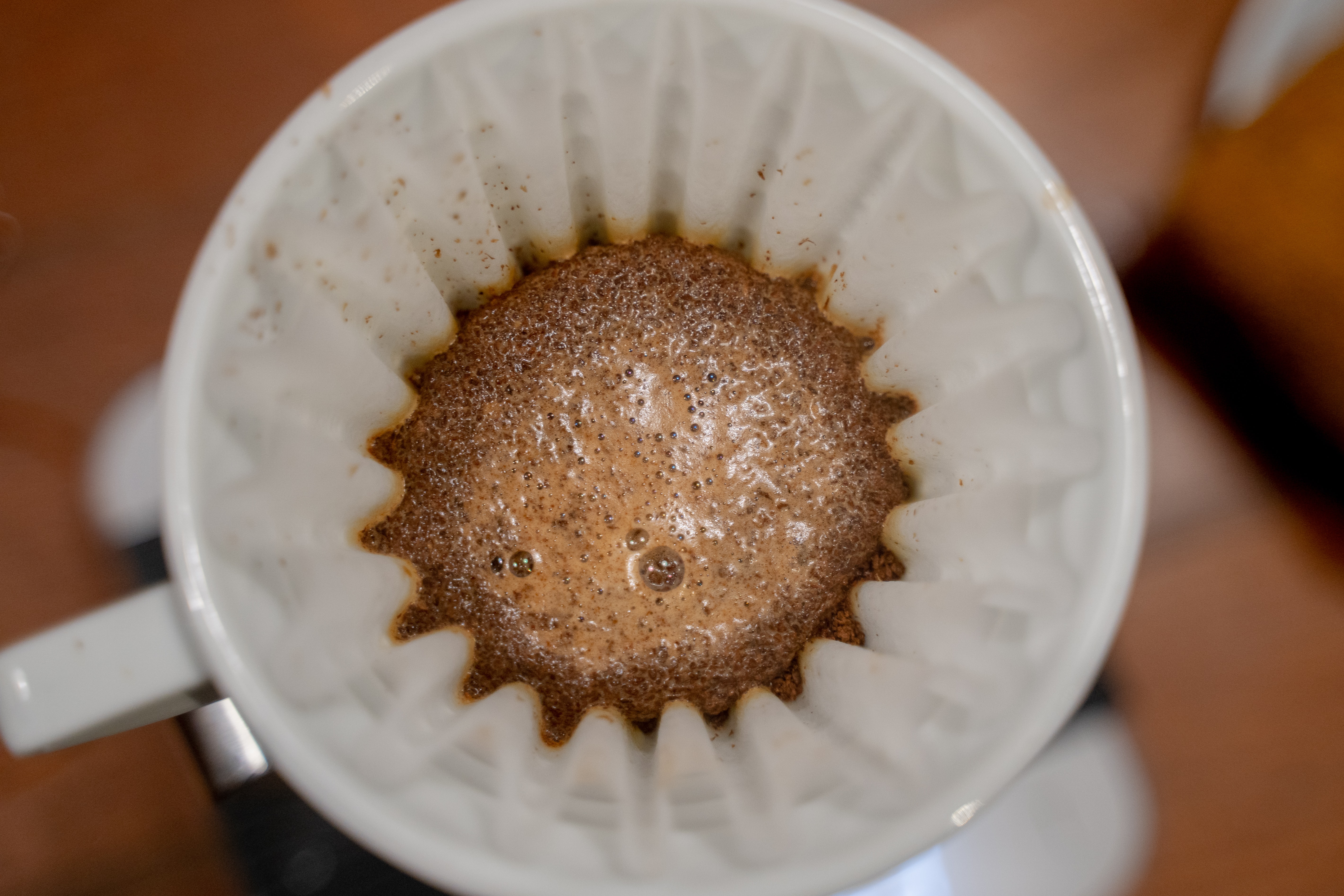
On the other hand, it’s quite possible for a coffee to be well over 22 percent extraction and taste not only good, but spectacular. As coffee technology continues to improve, we’re learning to brew coffees better and better; essentially, we’re getting better at extracting as much of the tasty compounds in coffee as possible while leaving behind more of what doesn’t taste good. Coffees that might have previously been considered overextracted (based solely on measurements) could actually taste exceptional.
All this is to say: while measuring your coffee extraction yield can be a very useful tool, it’s not the end all be all. In this case, it’s best to follow your palate!
Underextraction and the Dilemma of Sourness
Underextraction is exactly as it sounds: not enough of a coffee’s dissolvable solids have been pulled out. There is still a lot of good flavor left in the coffee grounds that hasn’t been dissolved in water, flavor that would otherwise balance out your brew.
This can occur from a number of different causes: too coarse a grind, not using enough water, water that’s not hot enough, not allowing enough contact time between coffee and water. We’ll save this for the focus of another discussion entirely, but it’s worth noting that each iteration of underextracted coffee tastes slightly different from the others; e.g., underextraction because of too little water will taste different from underextraction because of too coarse a grind.
But 99% of the time, underextracted coffees will share one loud, defining, persistent characteristic regardless of how they came to be underextracted: they all taste sour.
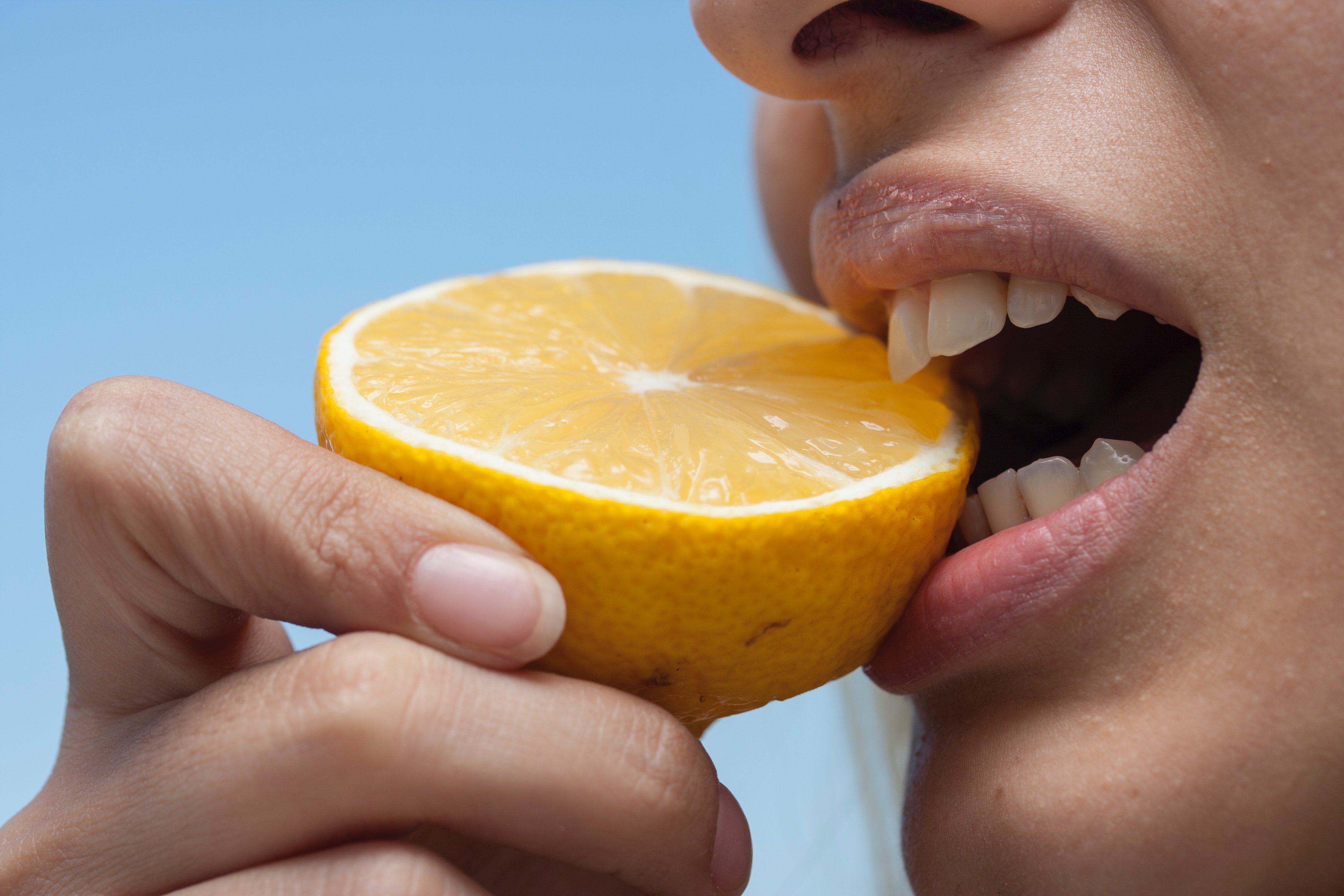
If you’ve ever sipped an espresso that pulled way too fast and your mouth immediately puckered, that’s underextraction. And if you’ve never experienced that before—first of all, lucky you—it’s worth getting familiar with the flavor. Next time you’re in the mood for an espresso, dial it in to pull around 15-18 seconds (leave all the other parameters the same). Taste it and you’ll find that the one, overwhelming note is just pure acid.
This does not mean, however, that acid = bad. After all, acidity, brightness and juicy fruit character are all elements of a great cup of coffee; in fact, it’s often what we prize most highly in specialty coffee. Just because a coffee has some bite to it doesn’t necessarily mean that it’s underextracted.
So how can you tell if the acidity that you’re tasting is indeed a sign of underextraction?
One of the best ways to tell is to look for lack of sweetness. Often, an underextracted coffee that tastes sour also doesn’t taste sweet. In an underextracted brew, not enough of the coffee’s sugars have been extracted, sugars that would otherwise balance the acid that’s present. It’s the difference between drinking straight lemon juice and lemonade.
Another thing to keep in mind is that “sour” is generally used to describe acidity in coffee negatively. Think of sourness as one loud, blaring note that drowns out other flavors. Taste that, and you’ve got underextraction. On the other hand, descriptors like “bright” or “juicy” usually denote complexity and character in a coffee, which are what we want.
So if you taste a coffee and the first things that come to mind are a) it’s overwhelmingly sour and b) there’s no sweetness to temper it, you’ve likely got an underextracted coffee on your hands.
Overextraction: High and Dry
The counterpart to under extraction, of course, is overextraction, and it can taste just as bad, if not usually worse, than underextraction.
In this case, a brew has been taken too far in the other direction; more has been extracted than what is ideal. This is due to the fact that even though about 28% of a coffee bean’s mass is composed of extractable solids, not all of those solids taste good; the key to a good brew is to leave as much of the undesirable solids behind while taking out all the good stuff.
Like underextraction, a few different factors can lead to overextraction: too fine a grind, too much water, too long a contact time. These are just a few of the most common ways overextraction occurs.
And also like underextraction, overextraction can be a little difficult to pinpoint. Bitterness, for example, is one of the key signs that a brew could be overextracted—yet coffee is inherently bitter and a little bitterness is indeed desirable. It’s when a brew is excessively bitter that it’s likely overextracted. Like sourness, if bitterness is the sole, defining, overwhelming note of a cup of coffee (and it’s not a dark roast), it’s probably overextracted.
The other overextraction red flag is dryness. If your coffee tastes dry, there’s no doubt that it’s overextracted. And “dry” here is less a flavor and more a sensation: it’s literally the sensation of dryness on your tongue, as if all the moisture has been sucked right out of it. If you’ve ever tried a dry red wine (think pinot noir) or taken a sip of black tea that’s been steeped for too long, you’ll know exactly what we’re talking about. In coffee, dryness is the worst of the worst. It overrides your tongue and makes it near impossible to taste anything else. If your coffee tastes bitter and dry, there’s no doubt: it’s overextracted.
____________________________________
Brewing coffee is easy; brewing coffee well is an ongoing exercise in learning how to achieve balanced coffee extraction amidst a multitude of flavors. The only way to get better is by brewing—and tasting—a lot of coffee. Here at Tastify, we’ve created the perfect tool for keeping track of all the coffees you’re trying as you continue to hone your palate. Whether they’re under, over or perfectly extracted, make sure to log everything you’re tasting to track your progress!
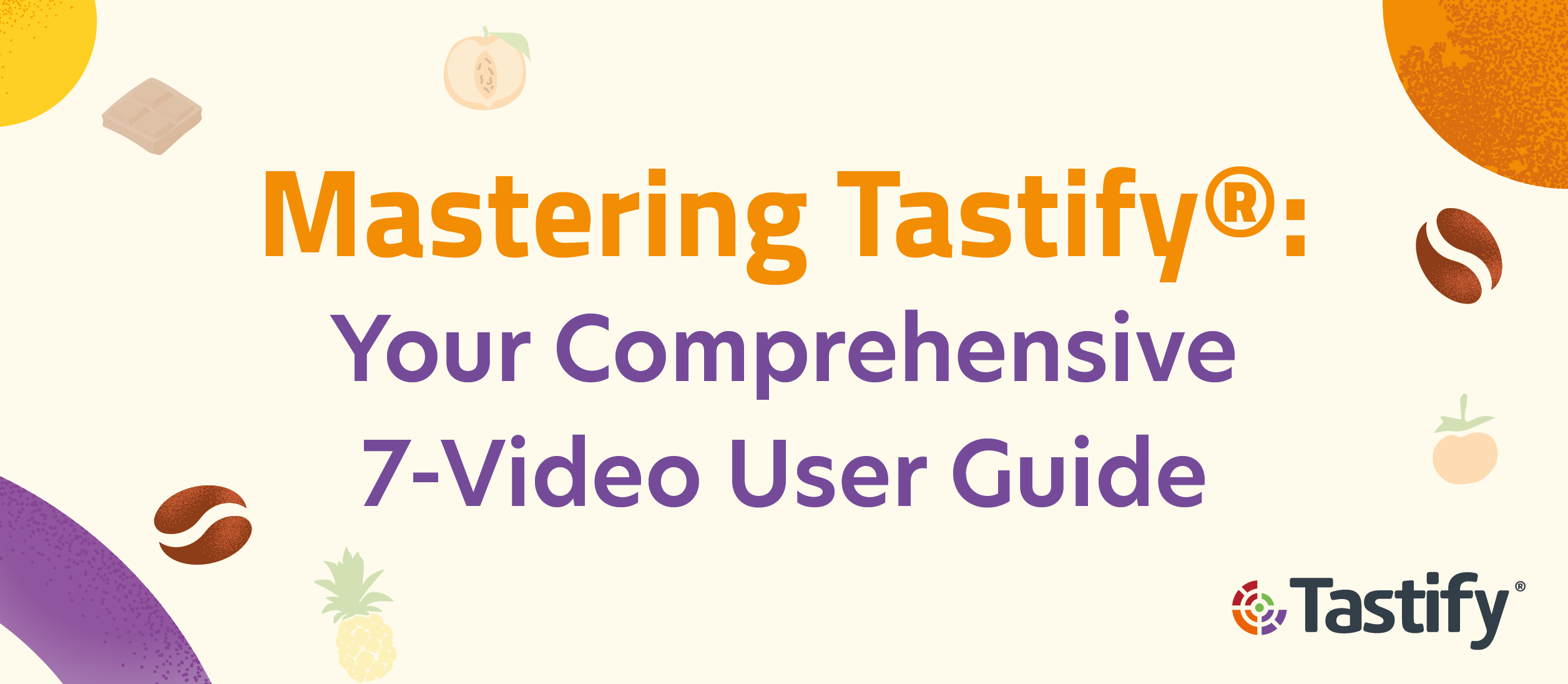
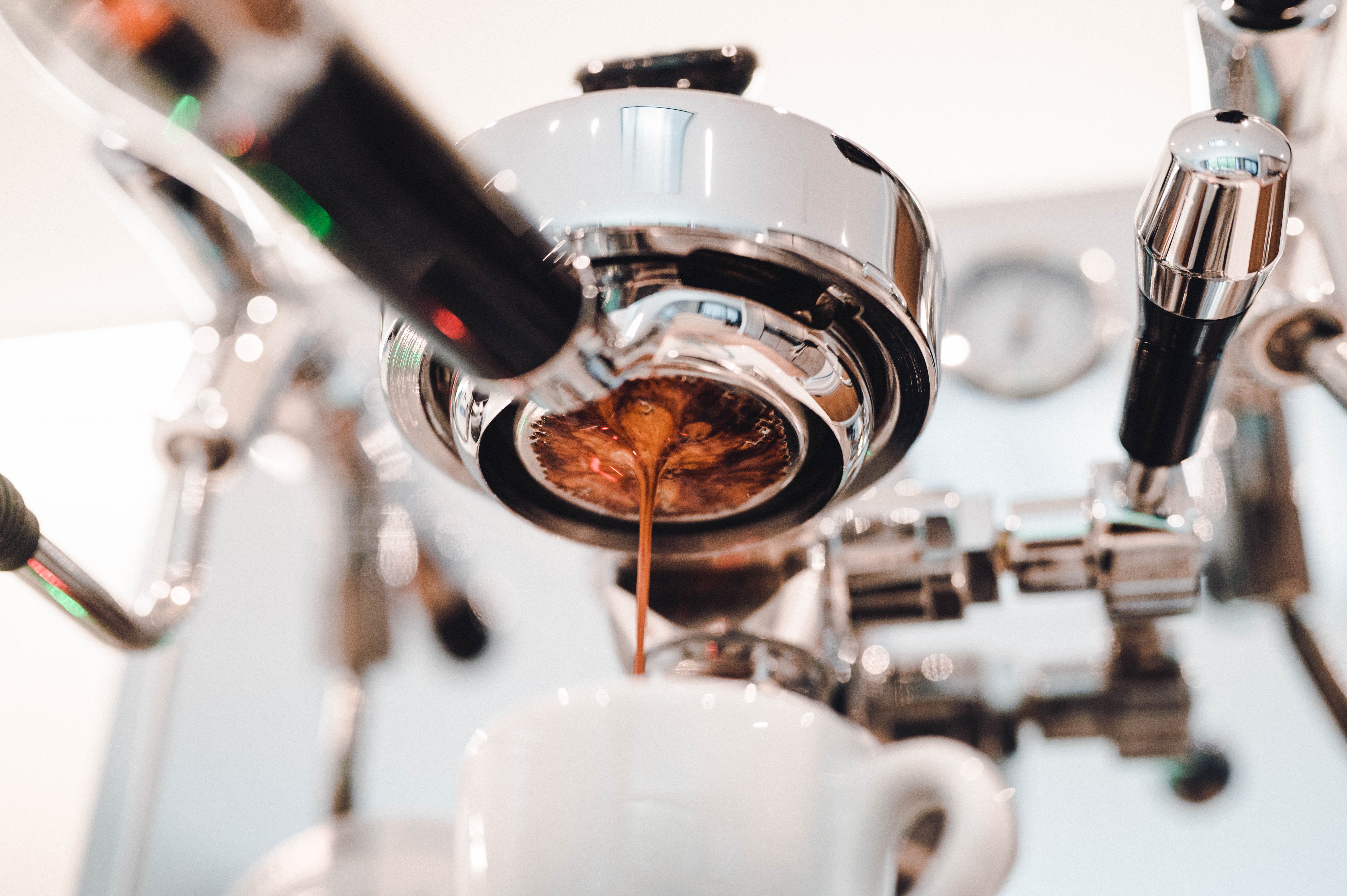


.png)

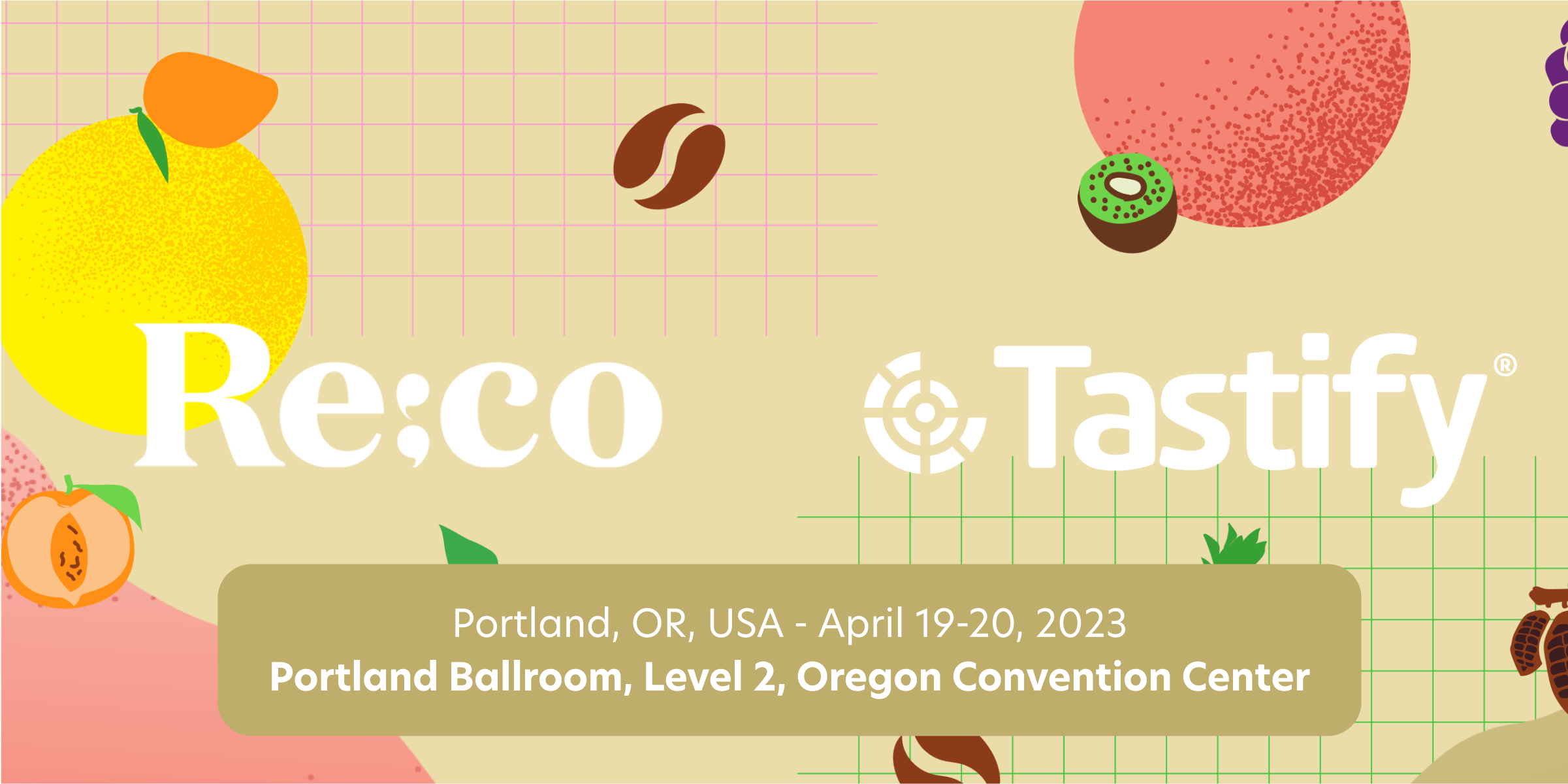

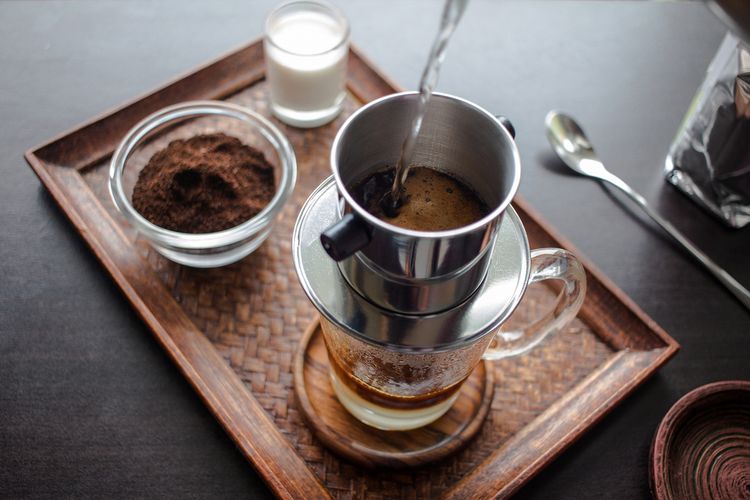

Comments